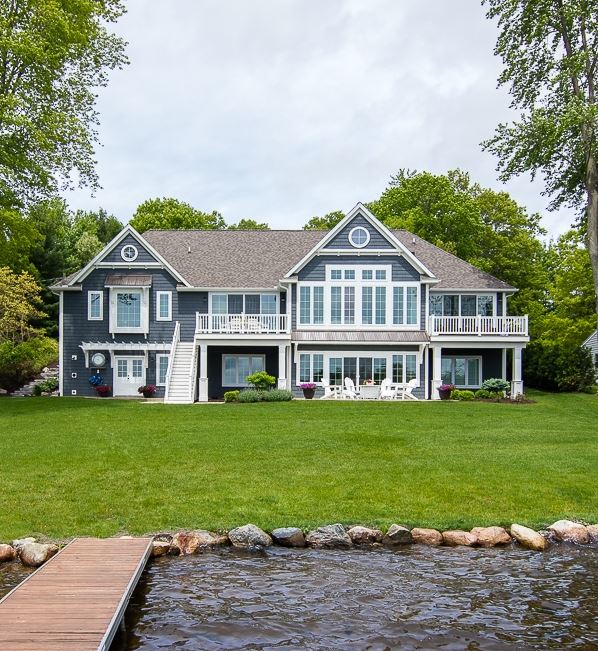
Imagine your dream landscape in the backyard of your lake house. Maybe the freshly cut grass is a vibrant shade of green, your flowers and shrubs are perfectly manicured, and a sprinkler is installed to keep everything looking fresh. However, this vision of a perfect green space may not actually be sustainable. Andrew Gabries, the owner of Go Green Lawn and Pest Control, warns, “A yard that looks good but isn’t healthy is difficult to maintain.” Despite the green grass appeal, it’s best to design an environmentally friendly landscape. Fortunately, there are several solutions to creating a beautiful — and eco-friendly — backyard at your lake house.
Reduce Water Use

Despite long showers and multiple dishwasher runs, most residential water usage is concentrated outside the home. According to the Environmental Protection Agency, a typical American household uses 320 gallons of water per day. Further, 30% of this amount is used for outdoor purposes like landscaping. In dry climates like the Southwest, this number increases to 60%. Simply put, this common practice is wasteful.
In contrast to popular opinion, you don’t need to water grass daily. By watering less, utilizing hardscapes, and planting artificial grass, you can reduce the amount of water waste at your home. At the end of the day, even though bright green grass might look ideal, grass with slight brown tones is healthier.
Choose Native Plants
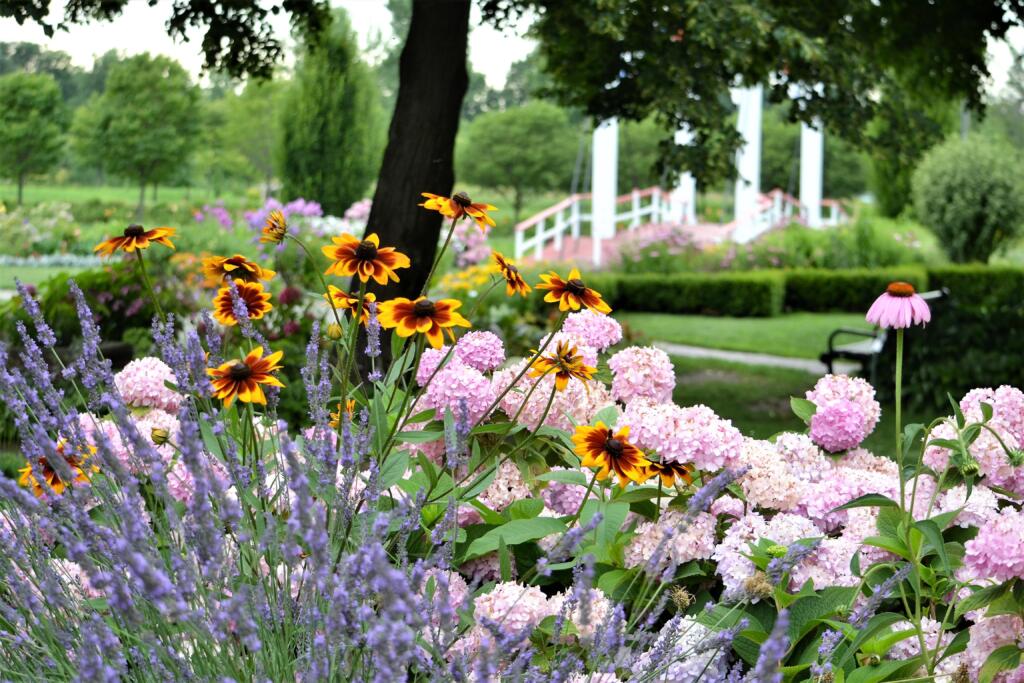
Planting non-native flowers and shrubs may add a fun, exotic flair to your garden. However, they are not likely to flourish without manually engineering the environment. This is not helpful for environmentally friendly landscaping. Pablo Solomon, environmentalism leader and science consultant for the U.S. Department of Education, advises, “Whenever possible, use local natural plants and trees in your landscaping. This will reduce watering and dependence on herbicides or pesticides.” For example, lupines and willowherbs are native to Lake George in New York, while crown beards and evening primroses will grow naturally at Lake Lanier in Georgia. If you aren’t sure which plants are native to your lake area, the National Wildlife Federation created an interactive Native Plant Finder tool to help.
Reconsider the Lawnmower
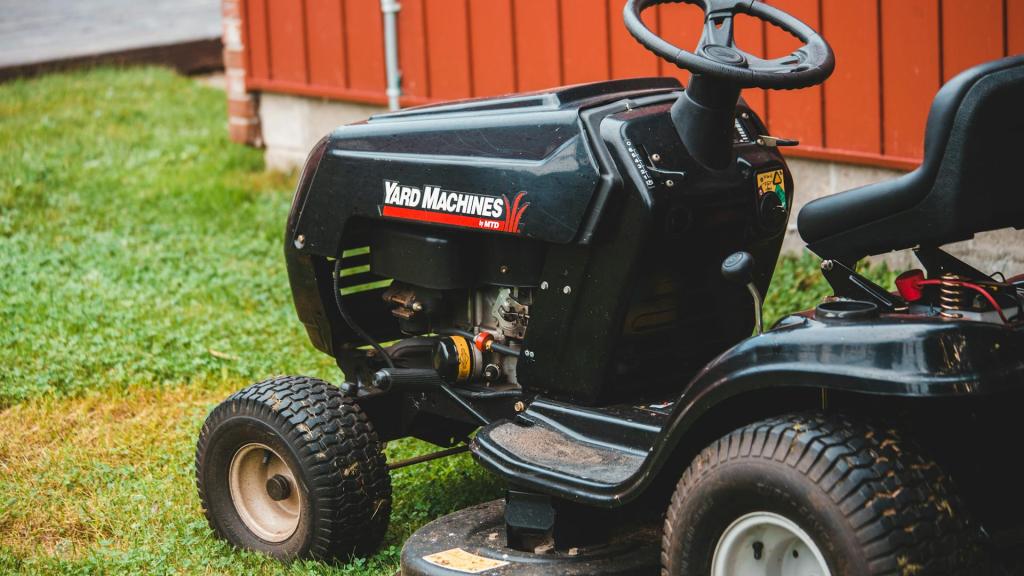
Although many lake homeowners have a standard gas lawn mower on hand at their properties, these tools emit fuels that can be toxic to the environment. Further, at a lake property, landscaper Steve Ambrose comments, “These fuels can easily float in the air and into the lake as vapor, even if you are far above the water.” Luckily, there are several environmentally-friendly alternatives to the traditional gas lawnmower. Solomon advises gardeners to “use hand tools if your time and health allow. You not only help the environment but stay in shape as well.”
However, if you don’t have the time or physical capabilities for hand tools, electric mowers are another great environmentally friendly solution. Ambrose adds, “Electric maintenance equipment saves on fossil fuels and pollution, but also cuts down enormously on noise pollution.” You may even consider investing in an automatic electric mower. With this tool that essentially functions as a Roomba for your landscape, there’s no need to expend energy. It’s also best to mow the lawn at midday, just after the morning dew has set in, and the grass can dry and heal throughout the day before nighttime.
Don’t Spoil the Soil
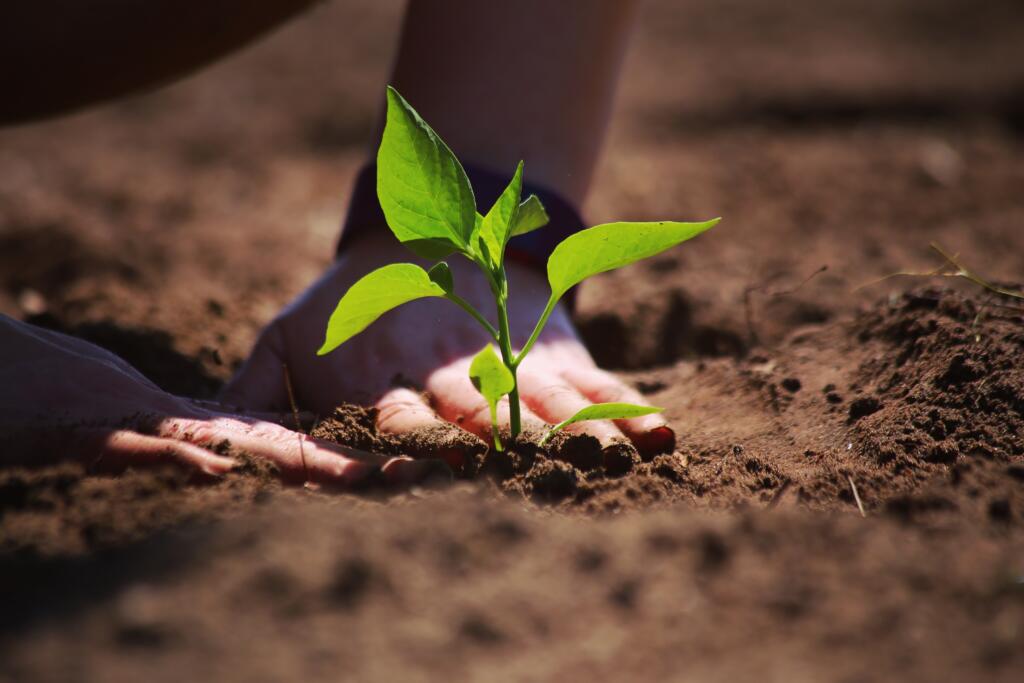
Many gardeners add chemicals to their soil to foster plant growth. However, these chemicals are rarely necessary and negatively impact the environment. If you’re unsure, you can test the soil in your backyard to see if chemicals are needed. If it turns out that your soil needs some fertilizer, opt for a natural choice such as adding mulch to plant beds. Ambrose comments, “I would stick to entirely organic naturally occurring fertilizers and see if the soil that is directly next to the lake can go unfertilized.” Gabries compares a landscape to your own food intake as a human: “The more organic products you consume, the better the results tend to be.”
Why Go Green?
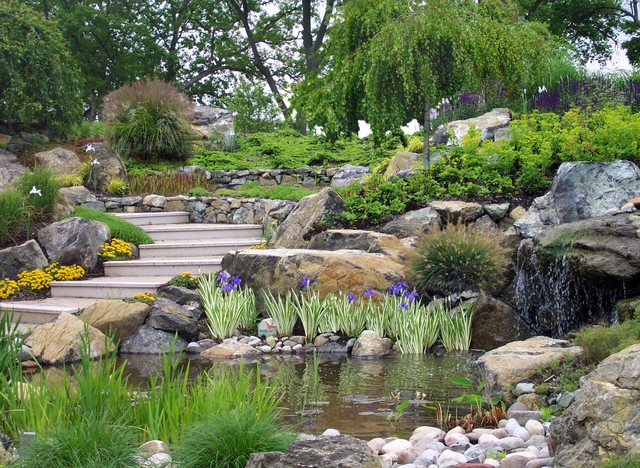
For any homeowner, choosing environmentally friendly landscaping techniques benefits wildlife, reduces air and soil pollution, and creates less work for you as a gardener. However, lake homeowners specifically have a greater calling to go green. Ambrose explains, “Lakeside properties are a lot harder to be environmentally friendly with, but the responsibility is far greater. Usually, a house on a lake has water access, but the water actually belongs to the state. You will need to be careful to be a good citizen.” So, next time you think about turning on the sprinkler or the gas lawn mower, keep in mind that a perfectly polished lawn doesn’t always equate to sustainability. When it comes to landscaping, aim for natural beauty. Your plants will thank you.

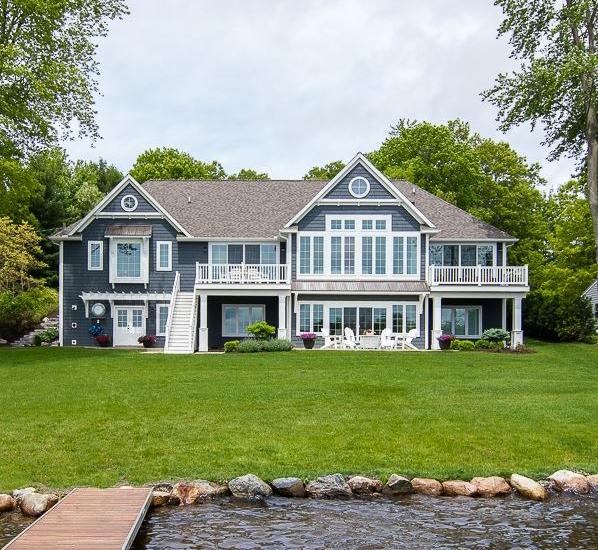

 Set the thermostat three degrees lower in the winter months and three degrees higher in the summer months. It will save you on cooling and heating costs.
Set the thermostat three degrees lower in the winter months and three degrees higher in the summer months. It will save you on cooling and heating costs.